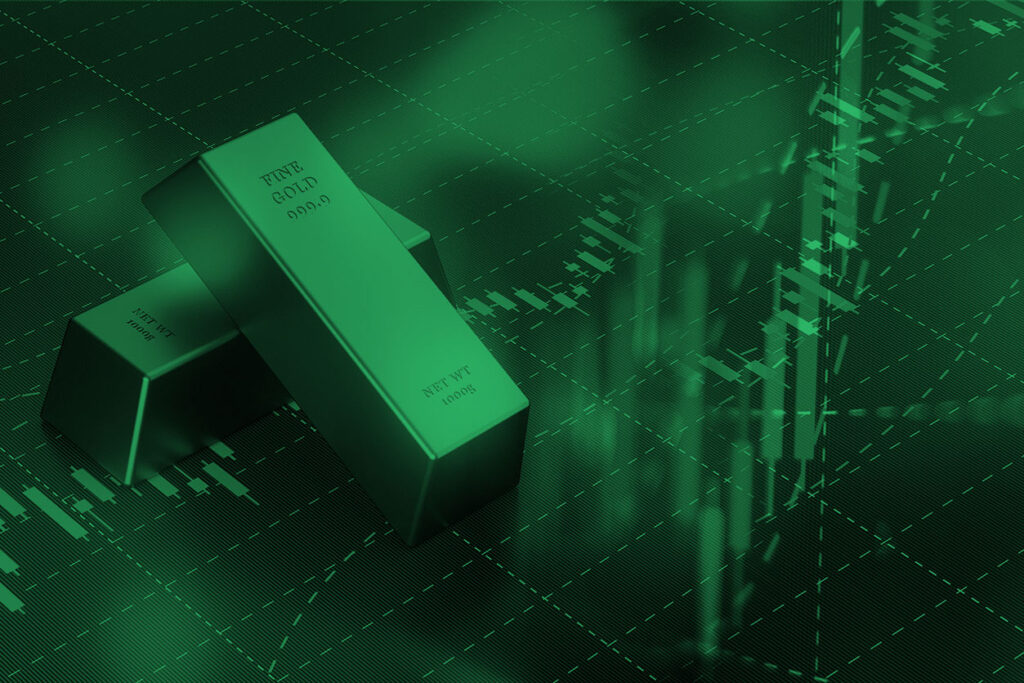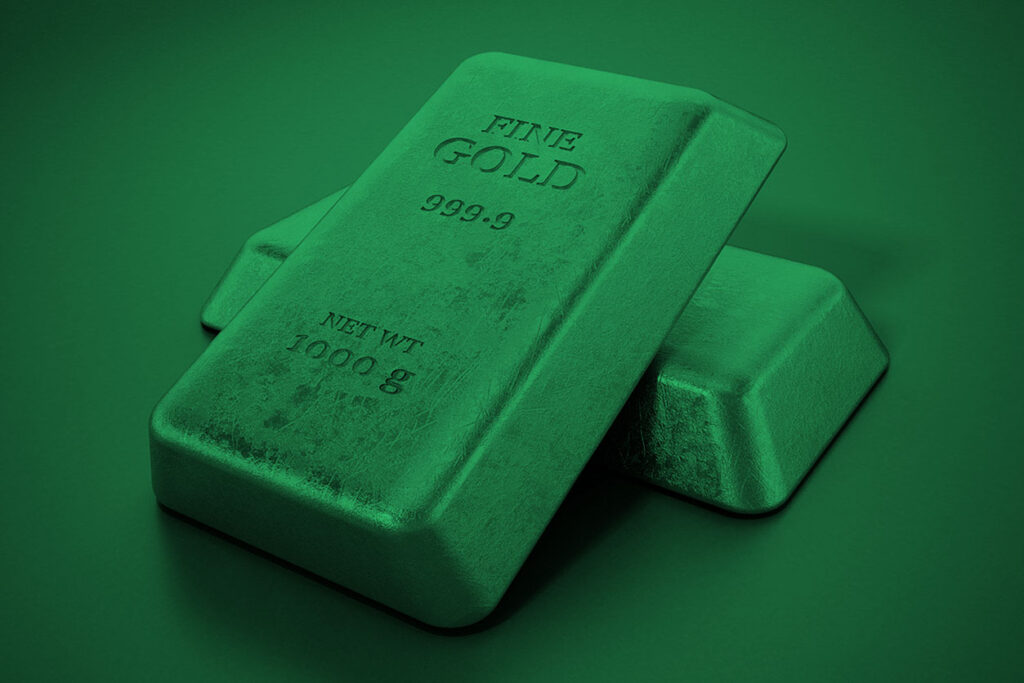The Gold to Silver ratio: What it is and How to gain from it through trading

The Gold to Silver Ratio is one of those trading terms that generate a lot of confusion for newer traders but is, in reality, easy to understand.
Put simply, the Gold to Silver ratio refers to the amount of Silver required to buy an ounce of Gold.
For example, if Gold is trading at $1,000 and Silver is trading at $20, then the Gold to Silver ratio is 50:1 (1,000 / 20 = 50).
Traders and investors use it as a general guide of when market conditions may be favourable for trading Gold or Silver. The ratio will increase if the price of Gold is rising quicker than Silver or if the price of Silver is falling faster than Gold. Likewise, the ratio will decrease if the price of Silver rises quicker than Gold or if the price of Gold falls faster than Silver.
Commodities and metals traders often use ratio as part of their trading strategy. They are using it to either hedge on the price of either metal or speculate on price movement.
You can additionally use the ratio to trade Gold CFDs and Silver CFDs, as you’re speculating on the price of the underlying market without the need to buy physical Gold or Silver.

What is a good Gold to the Silver ratio?
What constitutes a good Gold to Silver ratio will depend on your trading strategy and whether you’re bullish or bearish on either commodity. Remember, Commodities trading requires an in-depth knowledge of the asset you decide to trade.
Some traders use it as a hedge, which means they take a long position in one market and a short position in the other. This can help them potentially make a profit even if the price of both metals fluctuates significantly. Like with any trading, there is risk as well as reward when trading the Gold to Silver ratio. Make sure you trade intelligently and with caution.
Another popular use of this ratio is as a way of diversifying a precious metals portfolio. Diversifying can lessen risk exposure and position you for potential market movement in your favour.
What is the history of the Gold to the Silver ratio?
The Gold to Silver ratio has been around for thousands of years, as these precious metals have traditionally been viewed as stores of wealth that remain high in value.
The Romans had set the ratio at around 12:1, which was in place until 27 BC. By the mid 17th century AD, the ratio was enshrined in US law at 15:1.
More recently, in the 1980s, Nelson and William Hunt bought huge amounts of silver in an attempt to drive up the value of Silver and manipulate the ratio.
The ratio has also been impacted by big events like the global financial crisis and the current pandemic, where investors look for safe-haven assets like precious metals.
A look at Gold and Silver prices, and how the ratio has been impacted over the past 10 years, shows the volatility in both metals and the impact they’ve had on the Gold to Silver ratio.
| Year | Price of Silver | Price of Gold | Gold to Silver Ratio (rounded) |
|---|---|---|---|
| 2011 | 35.12 | 1,573 | 45:1 |
| 2012 | 31.15 | 1,669 | 54:1 |
| 2013 | 23.79 | 1,409 | 59:1 |
| 2014 | 19.64 | 1,266 | 65:1 |
| 2015 | 15.68 | 1,159 | 75:1 |
| 2016 | 17.17 | 1,252 | 72:1 |
| 2017 | 17.07 | 1,260 | 73:1 |
| 2018 | 15.71 | 1,269 | 80:1 |
| 2019 | 16.22 | 1,393 | 85:1 |
| 2020 | 20.69 | 1,774 | 86:1 |
How to trade Gold CFDs and Silver CFDs
When you trade Commodities like Gold or Silver, one of the most flexible ways to do so is with a CFD trading account.
There are a number of key advantages of trading Gold CFDs and Silver CFDs. With a strong trading plan, you can speculate on price movements in both markets and take advantage of volatility and trading opportunities.
With a CFD trading account, you can:
- Go long or short on Gold or Silver – When you trade CFDs, you’re speculating on underlying market movement rather than buying physical assets. This means you can choose to go long or short to profit from both rising and falling markets.
- Open a safe haven position – As market volatility rumbles on post-pandemic, and with continuing Brexit issues at play, Gold or Silver could be a safe haven investment until stability returns to global financial markets.
- Open a hedge position – As we’ve seen in this article, you can use the ratio as a guide on when and how to trade precious metals or when to enter the market. You can also use the Gold to Silver ratio as a hedge, to reduce some of your risk exposure if you anticipate market volatility or potential trading opportunities.

Trading on the ratio and precious metals
Trading on Gold or Silver volatility requires a strong trading plan and a good knowledge of the markets you’d like to trade. Understanding how and why the Gold to Silver ratio shifts, and how this may impact your positions.
Remember, actively monitor all your open positions and keep on top of market movement and the latest news and events. You can subscribe for our latest market news or visit our Trading Education Hub to learn more about trading Gold CFDs and Silver CFDs.
Trading on margin is high risk.

